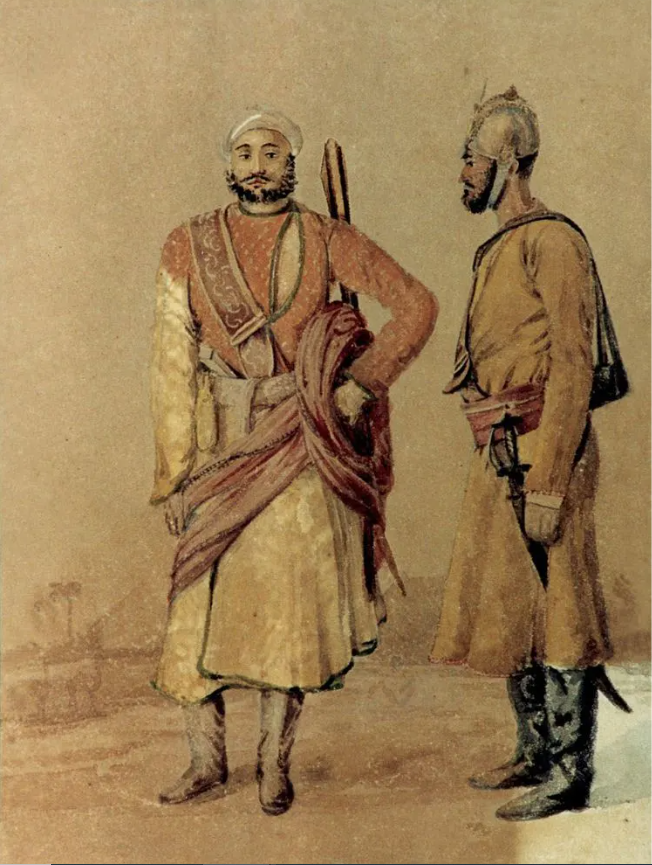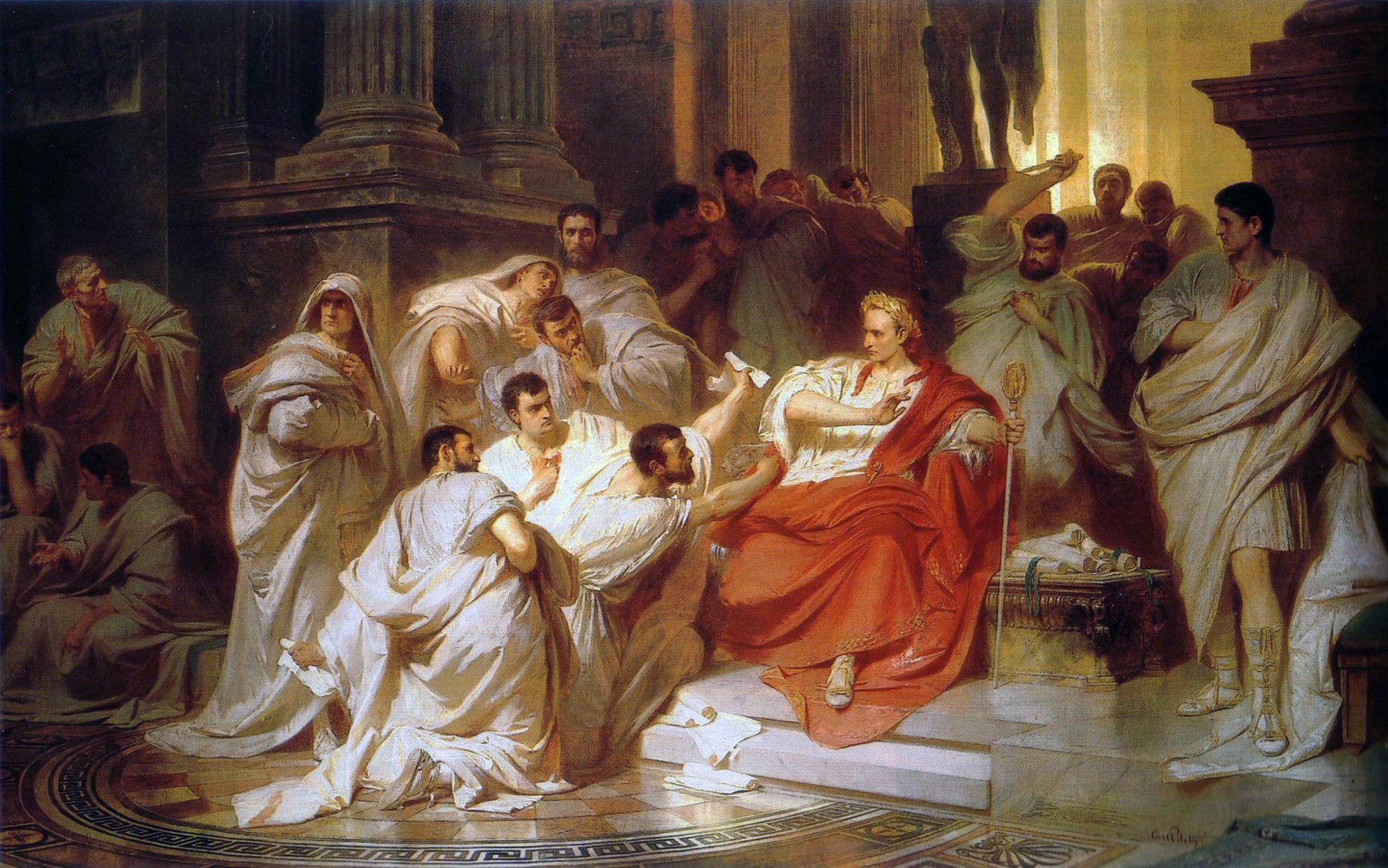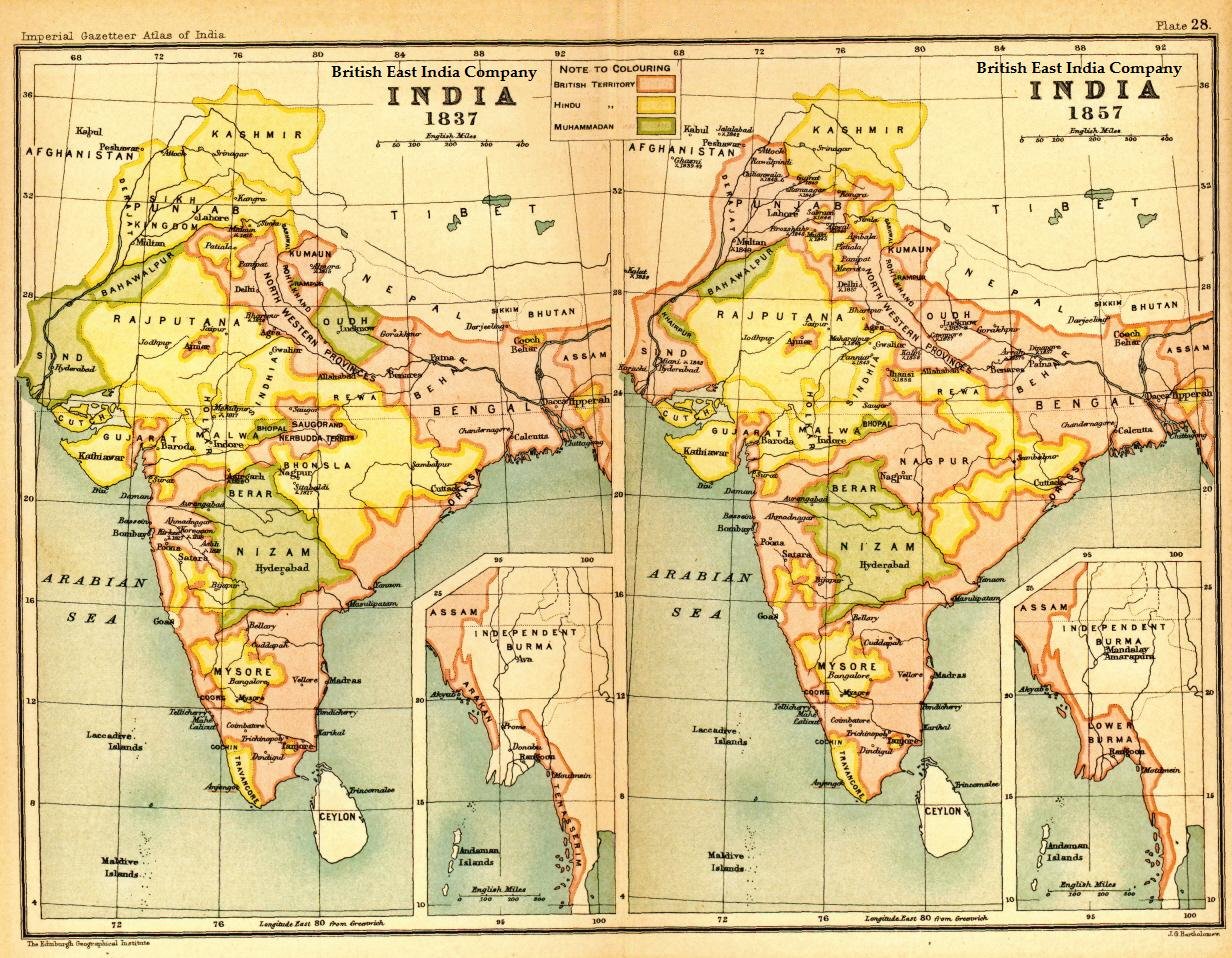|
Battle Of Shamli
Battle of Shamli or Battle of Thana Bhawan was fought on 10 May 1857 between the forces of Imdadullah Muhajir Makki and the East India Company, in the series of Rebellion of 1857. On 10 May 1857, local Muslims under the leadership of Imdadullah Muhajir Makki gathered at Thana Bhawan, a small town in Shamli district in current-day Uttar Pradesh, around 120-km from Delhi, to stage a violent protest against Company Raj. The clergy won the day in what came to be known as the Battle of Shamli and established a government mostly in the Shamli district. Muhammad Qasim Nanautavi was the Commander-in-Chief and Rashid Ahmad Gangohi was the Qadi of the State but soon after the killing of Muhammad Zamin situation turned in favour of Company and the Arrest of Bahadur Shah Zafar, one of the main leaders of Indian War of Independence and Shamli fell to British and Thana Bhawan was largely destroyed by Company Army. Bibliography * References {{Reflist 1857 in India Shamli district Shamli ... [...More Info...] [...Related Items...] OR: [Wikipedia] [Google] [Baidu] |
Indian War Of Independence
The Indian Rebellion of 1857 was a major uprising in India in 1857–58 against the rule of the British East India Company, which functioned as a sovereign power on behalf of the British Crown. The rebellion began on 10 May 1857 in the form of a mutiny of sepoys of the Company's army in the garrison town of Meerut, northeast of Delhi. It then erupted into other mutinies and civilian rebellions chiefly in the upper Gangetic plain and central India, though incidents of revolt also occurred farther north and east. The rebellion posed a considerable threat to British power in that region, and was contained only with the rebels' defeat in Gwalior on 20 June 1858., , and On 1 November 1858, the British granted amnesty to all rebels not involved in murder, though they did not declare the hostilities to have formally ended until 8 July 1859. Its name is contested, and it is variously described as the Sepoy Mutiny, the Indian Mutiny, the Great Rebellion, the Revolt of 1857, the ... [...More Info...] [...Related Items...] OR: [Wikipedia] [Google] [Baidu] |
Uttar Pradesh
Uttar Pradesh (; , 'Northern Province') is a state in northern India. With over 200 million inhabitants, it is the most populated state in India as well as the most populous country subdivision in the world. It was established in 1950 after India had become a republic. It was a successor to the United Provinces (UP) during the period of the Dominion of India (1947–1950), which in turn was a successor to the United Provinces (UP) established in 1935, and eventually of the United Provinces of Agra and Oudh established in 1902 during the British Raj. The state is divided into 18 divisions and 75 districts, with the state capital being Lucknow, and Prayagraj serving as the judicial capital. On 9 November 2000, a new state, Uttaranchal (now Uttarakhand), was created from Uttar Pradesh's western Himalayan hill region. The two major rivers of the state, the Ganges and its tributary Yamuna, meet at the Triveni Sangam in Prayagraj, a Hindu pilgrimage site. Ot ... [...More Info...] [...Related Items...] OR: [Wikipedia] [Google] [Baidu] |
East India Company
The East India Company (EIC) was an English, and later British, joint-stock company founded in 1600 and dissolved in 1874. It was formed to trade in the Indian Ocean region, initially with the East Indies (the Indian subcontinent and Southeast Asia), and later with East Asia. The company seized control of large parts of the Indian subcontinent, colonised parts of Southeast Asia and Hong Kong. At its peak, the company was the largest corporation in the world. The EIC had its own armed forces in the form of the company's three Presidency armies, totalling about 260,000 soldiers, twice the size of the British army at the time. The operations of the company had a profound effect on the global balance of trade, almost single-handedly reversing the trend of eastward drain of Western bullion, seen since Roman times. Originally chartered as the "Governor and Company of Merchants of London Trading into the East-Indies", the company rose to account for half of the world's trade duri ... [...More Info...] [...Related Items...] OR: [Wikipedia] [Google] [Baidu] |
Bahadur Shah Zafar
Bahadur Shah II, usually referred to by his poetic title Bahadur Shah ''Zafar'' (; ''Zafar'' Victory) was born Mirza Abu Zafar Siraj-ud-din Muhammad (24 October 1775 – 7 November 1862) and was the twentieth and last Mughal Emperor as well as an Urdu poet. He was the second son and the successor to his father, Akbar II, who died on 28 September 1837. He was a titular Emperor, as the Mughal Empire existed in name only and his authority was limited only to the walled city of Old Delhi (Shahjahanbad). Following his involvement in the Indian Mutiny of 1857, the British exiled him to Rangoon in British-controlled Burma in 1858, after convicting him on several charges. Bahadur Shah Zafar's father, Akbar II, had been imprisoned by the British and he was not his father's preferred choice as his successor. One of Akbar Shah's queens pressured him to declare her son, Mirza Jahangir, as his successor. However, The East India Company exiled Jahangir after he attacked their resident in ... [...More Info...] [...Related Items...] OR: [Wikipedia] [Google] [Baidu] |
State (polity)
A state is a centralized political organization that imposes and enforces rules over a population within a territory. There is no undisputed definition of a state. One widely used definition comes from the German sociologist Max Weber: a "state" is a polity that maintains a monopoly on the legitimate use of violence, although other definitions are not uncommon.Cudworth et al., 2007: p. 95Salmon, 2008p. 54 Absence of a state does not preclude the existence of a society, such as stateless societies like the Haudenosaunee Confederacy that "do not have either purely or even primarily political institutions or roles". The level of governance of a state, government being considered to form the fundamental apparatus of contemporary states, is used to determine whether it has failed. In a federal union, the term "state" is sometimes used to refer to the federated polities that make up the federation. (Other terms that are used in such federal systems may include “province”, � ... [...More Info...] [...Related Items...] OR: [Wikipedia] [Google] [Baidu] |
Qadi
A qāḍī ( ar, قاضي, Qāḍī; otherwise transliterated as qazi, cadi, kadi, or kazi) is the magistrate or judge of a '' sharīʿa'' court, who also exercises extrajudicial functions such as mediation, guardianship over orphans and minors, and supervision and auditing of public works. History The term ''qāḍī'' was in use from the time of Muhammad during the early history of Islam, and remained the term used for judges throughout Islamic history and the period of the caliphates. While the '' muftī'' and '' fuqaha'' played the role in elucidation of the principles of Islamic jurisprudence (''Uṣūl al-Fiqh'') and the Islamic law (''sharīʿa''), the ''qāḍī'' remained the key person ensuring the establishment of justice on the basis of these very laws and rules. Thus, the ''qāḍī'' was chosen from amongst those who had mastered the sciences of jurisprudence and law. The Abbasid caliphs created the office of "chief ''qāḍī''" (''qāḍī al-quḍāh''), who ... [...More Info...] [...Related Items...] OR: [Wikipedia] [Google] [Baidu] |
Rashid Ahmad Gangohi
Rashīd Aḥmad ibn Hidāyat Aḥmad Ayyūbī Anṣārī Gangohī (182611 August 1905) ( ur, ) was an Indian Deobandi Islamic scholar, a leading figure of the Deobandi jurist and scholar of hadith. His lineage reaches back to Abu Ayyub al-Ansari. Along with Muhammad Qasim Nanautawi he was a pupil of Mamluk Ali Nanautawi. Both studied the books of hadith under ''Shah Abdul Ghani Mujaddidi'' and later became Sufi disciples of Haji Imdadullah. His lectures on '' Sahih al-Bukhari'' and ''Jami` at-Tirmidhi'' were recorded by his student Muhammad Yahya Kandhlawi, later edited, arranged, and commented on by Muhammad Zakariya Kandhlawi, and published as ''Lami` ad-Darari `ala Jami` al-Bukhari'' and ''al-Kawkab ad-Durri `ala Jami` at-Tirmidhi''. Name In ''Tazkiratur Rashid'' his name and nasab is given as follows: Rashīd Aḥmad ibn Hidāyat Aḥmad, Hidāyat Aḥmad, or , Hidāyah Aḥmad, group="note" ibn Qāẓī Pīr Bak͟hsh ibn Qāẓī G͟hulām Ḥasan ibn Qāẓī G͟hu ... [...More Info...] [...Related Items...] OR: [Wikipedia] [Google] [Baidu] |
Company Raj
Company rule in India (sometimes, Company ''Raj'', from hi, rāj, lit=rule) refers to the rule of the British East India Company on the Indian subcontinent. This is variously taken to have commenced in 1757, after the Battle of Plassey, when the Nawab of Bengal was defeated and replaced with another individual who had the support of the East India Company; or in 1765, when the Company was granted the ''diwani'', or the right to collect revenue, in Bengal and Bihar; or in 1773, when the Company abolished local rule (Nizamat) and established a capital in Calcutta, appointed its first Governor-General, Warren Hastings, and became directly involved in governance. The rule lasted until 1858, when, after the Indian Rebellion of 1857 and consequently of the Government of India Act 1858, the British government assumed the task of directly administering India in the new British Raj. Expansion and territory The English East India Company ("the Company") was founded in 1600, as ''The ... [...More Info...] [...Related Items...] OR: [Wikipedia] [Google] [Baidu] |
Delhi
Delhi, officially the National Capital Territory (NCT) of Delhi, is a city and a union territory of India containing New Delhi, the capital of India. Straddling the Yamuna river, primarily its western or right bank, Delhi shares borders with the state of Uttar Pradesh in the east and with the state of Haryana in the remaining directions. The NCT covers an area of . According to the 2011 census, Delhi's city proper population was over 11 million, while the NCT's population was about 16.8 million. Delhi's urban agglomeration, which includes the satellite cities of Ghaziabad, Faridabad, Gurgaon and Noida in an area known as the National Capital Region (NCR), has an estimated population of over 28 million, making it the largest metropolitan area in India and the second-largest in the world (after Tokyo). The topography of the medieval fort Purana Qila on the banks of the river Yamuna matches the literary description of the citadel Indraprastha in the Sanskrit ... [...More Info...] [...Related Items...] OR: [Wikipedia] [Google] [Baidu] |
Rebellion Of 1857
The Indian Rebellion of 1857 was a major uprising in India in 1857–58 against the rule of the British East India Company, which functioned as a sovereign power on behalf of the British Crown. The rebellion began on 10 May 1857 in the form of a mutiny of sepoys of the Company's army in the garrison town of Meerut, northeast of Delhi. It then erupted into other mutinies and civilian rebellions chiefly in the upper Gangetic plain and central India, though incidents of revolt also occurred farther north and east. The rebellion posed a considerable threat to British power in that region, and was contained only with the rebels' defeat in Gwalior on 20 June 1858., , and On 1 November 1858, the British granted amnesty to all rebels not involved in murder, though they did not declare the hostilities to have formally ended until 8 July 1859. Its name is contested, and it is variously described as the Sepoy Mutiny, the Indian Mutiny, the Great Rebellion, the Revolt of 1857, ... [...More Info...] [...Related Items...] OR: [Wikipedia] [Google] [Baidu] |
Thana Bhawan
Thana Bhawan is a small town in Shamli district (formerly part of Muzaffarnagar district) in the Indian state of Uttar Pradesh. District Shamli is a newly constructed district. Before becoming a new district, it came under district Muzaffarnagar and was well known tehsil of it. It was known as Prabuddhnagar first time, when this district came into focus. It is situated on Delhi–Shamli national highway, it is 100 km away from Delhi, 65 km from Saharanpur, 38 km from Muzaffarnagar and only 59.6 km away from Panipat (Haryana). Border of this district is connected with district Muzaffarnagar in east and with Haryana in west and with Saharanpur in north and with district Baghpat it is connected in south. It is said that the name Thana Bhawan emerged from the name of Devi Bhawan Temple. In the 18th century it was home to mostly Hindu and Muslims families. It is situated on the Delhi–Saharanpur highway NH 709B around from Delhi. Religions Hindu and Muslim fam ... [...More Info...] [...Related Items...] OR: [Wikipedia] [Google] [Baidu] |
Najib Ali Choudhury
Najib Ali Choudhury ( bn, নজিব আলী চৌধুরী) was a 19th-century Bengalis, Bengali Islamic scholar and teacher. He was notable for his founding of the Madinatul Uloom Bagbari, the first madrasa in the Barak Valley region. Early life and ancestry Choudhury was born to a Bengali Muslim family in the village of Bagbari, near the town of Karimganj, then part of the Sylhet Division, Sylhet Sarkar of the Mughal Empire's Bengal Subah. His grandfather, Muhammad Naqi, was a local landowner, possessing taluq no. 70 of Egaroshati pargana. Accounts are contradictory regarding Choudhury's ancestral origins. His family had either migrated from Ghor Province in Afghanistan during the Mughal Empire, Mughal period, or were descended from Shah Umar Yemeni, one of the 360 companions of the Sufi saint Shah Jalal. According to a handwritten manuscript by Choudhury's eldest son Abdul Hai Choudhury, the family was descended from Gawhar Khan, a nobleman from Badakhshan. Khan was ... [...More Info...] [...Related Items...] OR: [Wikipedia] [Google] [Baidu] |








